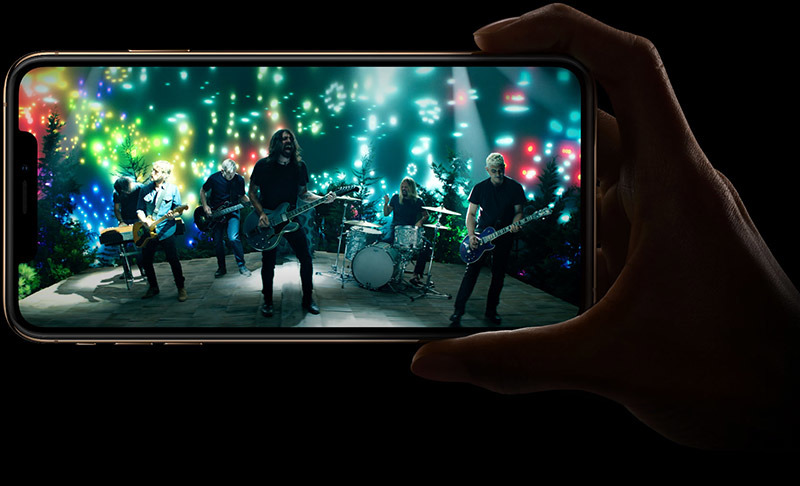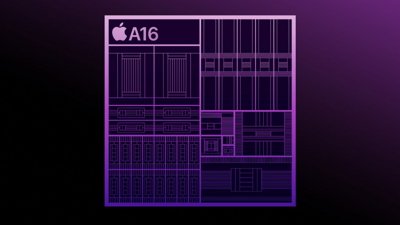The iPhone XS, XS Max and XR are Apple's first handsets to support the 600MHz spectrum, a robust LTE band currently being rolled out by T-Mobile to expand its U.S. network.
Apple quietly announced the addition of 600MHz LTE, or Band 71, support in the tech specs section of webpages dedicated to the new iPhone XS and iPhone XR series devices.
All three iPhone models can communicate with FDD-LTE, TD-LTE, CDMA EV-DO Rev. A, UMTS/HSPA+/DC-HSDPA and GSM/EDGE networks, while iPhone XS and XS Max provide extended support for TD-LTE Band 46.
T-Mobile purchased rights to Band 71 from the U.S. government's 600MHz auction in 2017, licenses that cover all of the U.S. and Puerto Rico. The telco began rolling out the network, which it bills 600MHz Extended Range LTE, that same year in an effort to expand its network footprint in hard to reach rural areas.
According to T-Mobile, Extended Range LTE signals travel twice as far from an originating cell tower and are four times more effective in buildings as compared to mid-band LTE. Extended Range LTE is already available to more than 80 percent of Americans through T-Mobile's 700MHz (Band 12) deployment, according to the company. The buildout of Band 71 is expected to deliver increased coverage and capacity for subscribers using compatible equipment.
T-Mobile on Monday announced 600MHz Extended Range LTE is accessible in 1,254 cities and towns in 36 states, including Puerto Rico.
CEO John Legere noted iPhone's inclusion of 600MHz spectrum support in a tweet shortly after Apple unveiled iPhone XS and XR at the "Gather Round" event. The post included a link to pre-register for the phones through T-Mobile's online store.
Keep up with AppleInsider by downloading the AppleInsider app for iOS, and follow us on YouTube, Twitter @appleinsider and Facebook for live, late-breaking coverage. You can also check out our official Instagram account for exclusive photos.
 Mikey Campbell
Mikey Campbell








 Andrew Orr
Andrew Orr
 Wesley Hilliard
Wesley Hilliard

 Oliver Haslam
Oliver Haslam
 Christine McKee
Christine McKee
 Amber Neely
Amber Neely








3 Comments
Damn, another reason to upgrade already. T-Mobile generally sucks inside of large buildings, which often is fine when you have wifi, but when you don't, you're kinda screwed. I'd love to have better indoor coverage.
Considering they are Intel Chips that are supposedly infringing on Qualcomm patents, shouldn't Qualcomm be going after Intel? Apple didn't make the chips. Apple only paid Intel to use them. If anyone should be sued, it should be Intel, not Apple.
Well the lower down the scale, the better the signal is going to penetrate a building. 600Mhz is going to be even better than their 700Mhz band. It's why 2.4Ghz goes through your house better than 5Ghz for Wifi which are up on the scale much higher than 600-700Mhz. It's also why TV Antenna signals can get quite low, into the double digit Mhz. I think down to as low as 54Mhz.